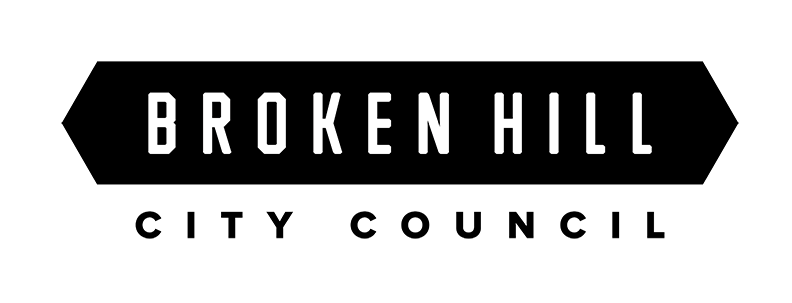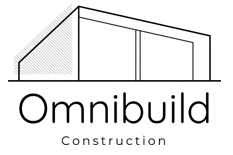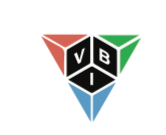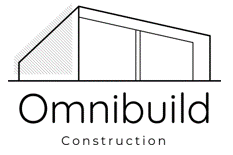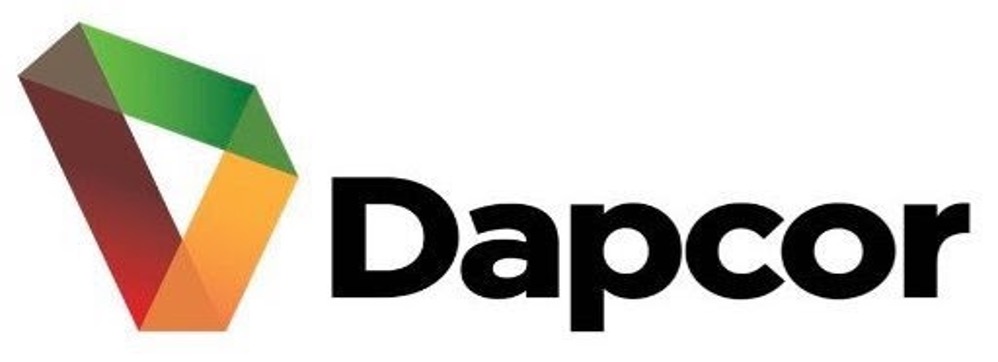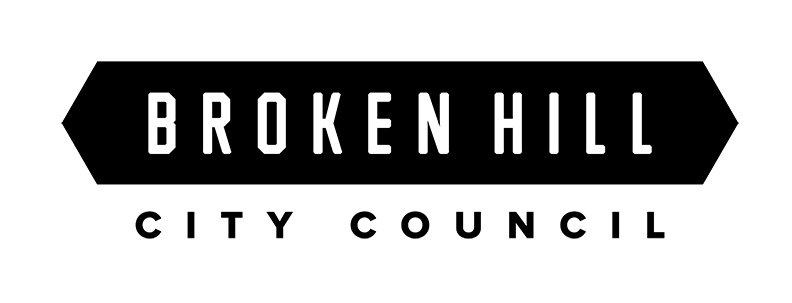Information
-
Audit Title
-
Document No.
-
Client / Site
-
Conducted on
-
Prepared by
-
Location
-
Personnel
JOB DESCRIPTION
LEVEL 1
-
Have approved materials and products been used?
-
Does the excavation comply to Worksafe requirements?
-
Is the discharge capacity adequate for the catchment?
-
Does the installation have the required gradient?
-
Is the drain laid in the correct bedding material?
-
Is the backfill material adequate to ensure the drain is protected?
-
Does the drain have an overflow provision?
-
Where required is a reflux valve installed?
-
Does the installation of the drain for charged / displacement systems comply?
LEVEL 2
-
Where required have inspection openings been installed?
-
If a retention system is installed has a surcharge outlet point been provided?
-
Have approved covers been provided on inspection risers?
-
Have the minimum cover requirements been met?
-
Does the bedding and bedding material comply?
-
Did the drain pass the required pressure test?
-
Is the drain installed in an easement / public space compliant?
-
Is the drain constructed in an approved size?
-
Is the design of the drain to an acceptable standard?
-
Has the Stormwater pit been constructed appropriately?
-
Where required, has a modification application been submitted and approved?
-
Has the manufacturers installation instructions been adhered to?
-
Has the class of plumbing been indicated on the compliance certificate?
-
Where relevant, has documentation for an acceptable alternative been provided?
HAZARD ASSESMENT
-
Uneven / unstable Ground
-
Working at heights
-
Traffic hazard
-
Power tools in use
-
Airborne particles / gas
-
Exposed drains / pits
-
High; Moderate; Low
IMPLEMENT CONTROL MEASURES
-
Mechanical locking device
-
Safety observer
-
Barricade / Fence
-
Rubber mat / Barrier mat
-
Safety gloves
-
Helmet
-
Face shield
-
Dust mask
-
Other PPE
-
Extinguishers
-
Mechanical aid
-
Safety equip/devises
-
Mobile work platform
-
Safety harness
-
Signage
-
Signaling
-
Communication equipment
-
Monitor / gas monitor
-
Work procedure
-
Inductions / briefings
-
Training
-
Work out of hours
WORK MEATHOD STATEMENT WORKING TO
-
WSM 2. Working in a trench or pit at a depth of 1.5 m or more
-
WSM 3. Confined space
-
WSM 4. Working with asbestos
-
WSM 5. Live work
-
WSM 6. Isolation and work on electrical equipment
-
WSM 8. Conduit installation in the ground
-
WSM 9. Conduit installation in the ground
-
WSM 10. Cable and ladder tray installation
-
WSM 11. Working in risers
-
WSM 12. Using portable ladders
-
WSM 20. New work in existing switchboards
-
WSM 24. Manual handling
-
WSM 25. Working with elevated work platforms
-
WSM 26. Using mobile scaffolds
-
WSM 27. Isolate, lockout and test
-
WSM 28. Working at heights
-
WSM 31. Testing and tagging of electrical appliances
-
WSM 32. Disconnecting an existing installation
RECORD PROCEDURES
-
HAZARDS
-
RISK SCORE 1
-
APPLY CONTROL MEASURES WSM
-
RISK SCORE 2
IF RESIDUAL RISK NOT LOW, REDO CONTOL MEASURES
-
If residual risk low, commence work
-
Monitor and review effectiveness
RISK ASSESSMENT CARRIED OUT BY
-
Name
-
Name
JOB COMPLETED BY
-
Add signature






